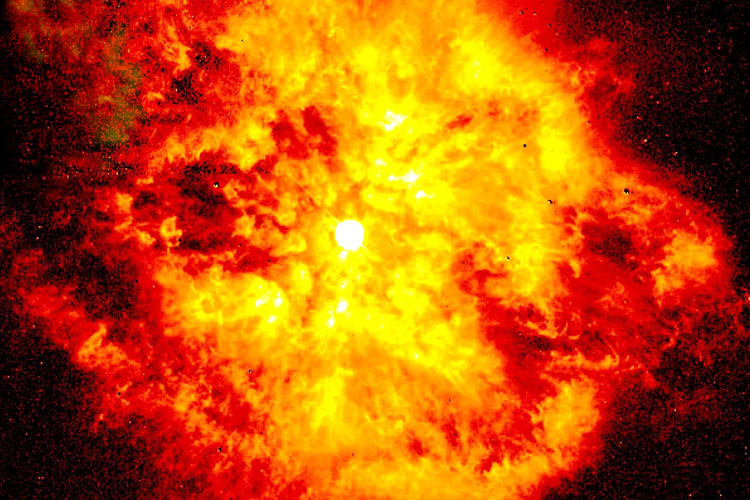By now it is a fact that dust can be combustible. It has been confirmed that accumulation of combustible dust can lead to an explosion. It is, therefore, important for those who work with particles to understand combustible dust safety. Many have gone against this fact but they have all come to agree that dust that collects in a facility can lead to an explosion under the right circumstances. These circumstances might not be prevalent but when they occur, the result is the same, death and destruction of property.
There is also the hefty fines, long investigations, findings and the lawsuits (if you doubt this, watch the reenactments of explosion by the Chemical Safety Bureau or reports on shows such as 60 minutes). For industrial manufacturers, the only thing that they can do is wait for agencies such as OSHA and NFPA to offer a call to action and new policies and look for the most affordable way to stay in compliance.
It only a few companies that have debated the real issues of dust removal and the problems that arise while getting rid of the dust such as:
- Dust that has migrated to those hard to reach areas that are not normally cleaned, and the challenges of cleaning them.
- Knowing the places that dust collects and finding a solution to stop it becoming airborne.
- Workers not being used to these measures and the training required to make sure that they are.
Manufacturers no longer have the luxury to respond with “it’s not my problem” until an incident occurs or “We have been doing this for years and have never had a problem.” This goes past the issue of safety because a 21st-century manufacturer should know the complexity of combustible dust safety. Removing dust should be held to similar standards as pumping waste into rivers or dumping e-waste into landfills. Vast resources are spent on recycling trash and the same should be applied on dust by cleaning them instantly.













